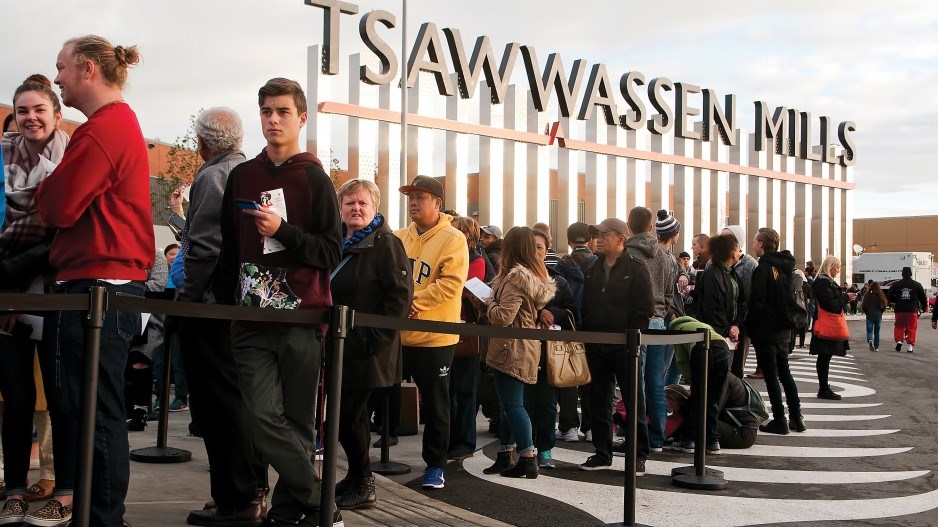January’s retail sales dipped 0.3 per cent representing another discouraging sign about where the Canadian economy is heading in 2019. But promising B.C. sales growth could mean the west coast weathers some of the storm, at least the economic one.
“Not the best start to the year,” said Brian DePratto, senior economist at TD economics. “Today's data re-affirms our view that the Canadian economy likely stood still at the beginning of the year.”
TD economics current GDP tracking for January 2019 is at -0.2 per cent.
However, not everyone agrees. Nathan Janzen, senior economist RBC economic research, highlighted that declines were limited to four subcategories. Strong January reports for wholesale trade and manufacturing may have moved January’s GDP growth back into positive territory says Janzen.
The federal budget released this week was the first time a government has projected less than 2 per cent growth for 20 years according to Kevin Milligan, economics professor at UBC. Weakening retail sales since mid-2008 are certainly one culprit for lower projected GDP growth.
Canadian consumers not spending at previous levels could be a signal of possible recession due to the significant role household goods consumption contributes to the country’s GDP, approximately 25 per cent.
“The Canadian economy likely stalled at best in January,” said Katherine Judge, economist at CIBC in a note to investors. “But recent strong job creation figures, along with the conclusion of mandated production cuts in Alberta, could keep the economy afloat in the months ahead.”
However, a deeper look into the numbers shows that British Columbia is actually bucking the trend set by the rest of the country. While the majority of provinces had retail sales declines, January sales in B.C. grew 1.5 per cent minimizing the national retail sales fall to 0.3 per cent helping to absorb the 1 per cent declines in both Alberta and Ontario. The Vancouver metropolitan area was responsible for most of the increase, growing 1.3 per cent within the region.
Details for retail subcategories are not available on a provincial level, but a national look shows that the Auto and gas sector were mostly responsible for declining retail sales falling 1.5 per cent and 0.4 per cent respectively. Once those sectors are stripped out of the equation the nation experienced retail sales grow of 0.2 per cent, largely the result of an increase in food and beverage prices and an increase in both prices and sales volumes in the building and garden equipment subcategory.
With retail sales being one of the leading indicators of GDP, it looks like the many projections of an economic slowdown in 2019 are coming to fruition.
DePratto says that today’s data supports the Bank of Canada’s (BoC) recent shift back to a wait and see mode when it comes to raising the overnight rate. However, Judge says that despite the BoC’s decision, higher interest rates already set in place and the effects of previous hikes will likely to continue to limit Canadian consumption in 2018.



